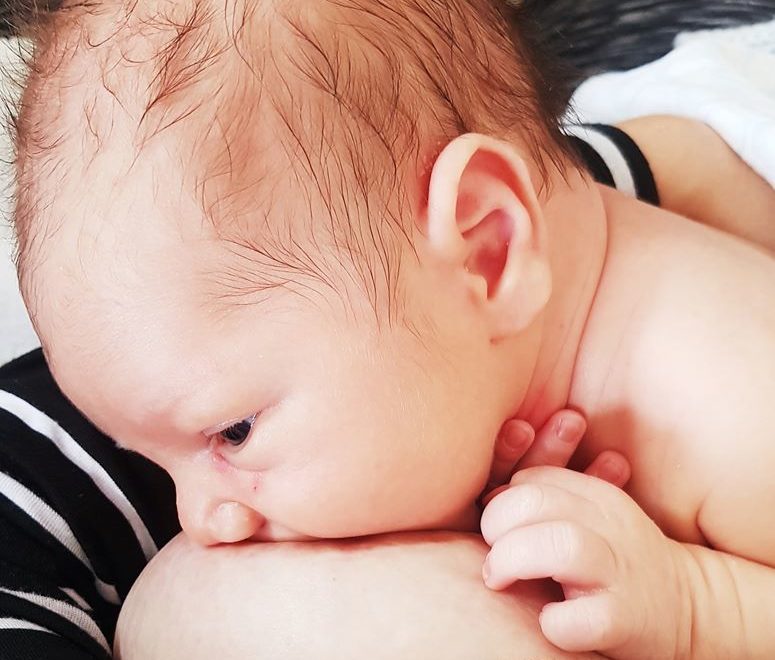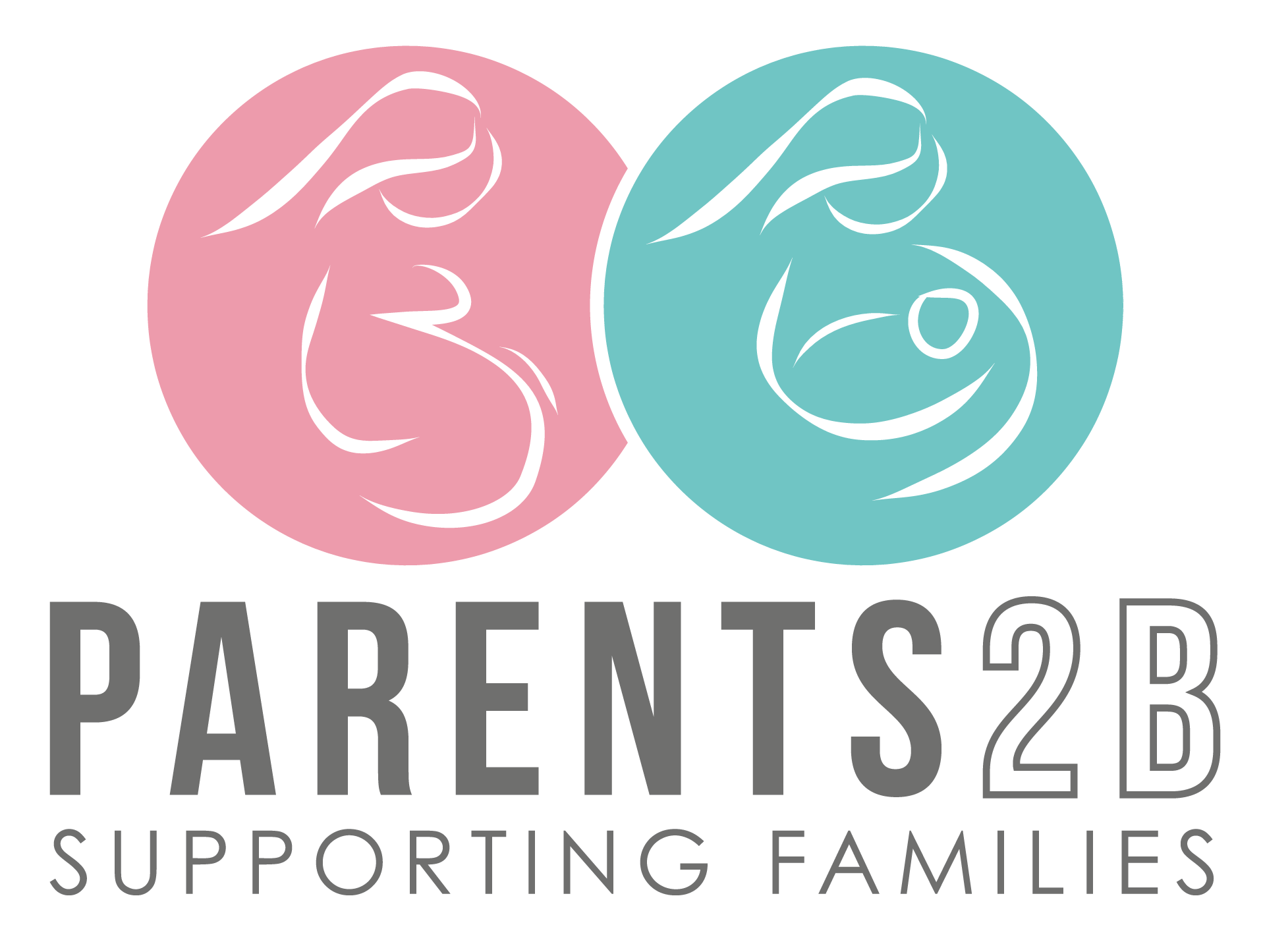
Mastitis update 2023
Earlier this year, the protocol around managing breast inflammation and mastitis had a significant update.
https://www.liebertpub.com/doi/10.1089/bfm.2022.29207.kbm
As the revised advice filters through, there is lots of outdated information out there. With such a significant shift in thinking, some of the recommendations in the new mastitis protocol are almost a complete reversal to what we once thought.
This blog we will help you navigate this change and explain the latest evidence to you.
So what was previously regarded as ‘plugged ducts’ are now more accurately described as “ductal narrowing,” which means that using cold compress and other anti-inflammatory treatments should be used to manage mastitis instead of what was previously advised.
A great resource for up to date information regarding breastfeeding is the Australian Breastfeeding Association: https://www.breastfeeding.asn.au/
The Australian Breastfeeding Association (ABA) runs the National Breastfeeding Helpline 1800 mum 2 mum (1800 686 268). The Breastfeeding Helpline is available 24 hours a day, 7 days a week. It is staffed by trained, volunteer counsellors who answer calls on a roster system in their own homes.
LiveChat is a mum 2 mum support service on the ABA website www.breastfeeding.asn.au. Trained volunteers assist mothers and their families with breastfeeding information and are there to support mothers on their breastfeeding journey. LiveChat is accessible via mobile phones, tablets, laptops and computers.
More on the revised recommendation for the treatment of mastitis
- The first recommendation promotes breastfeeding on demand equally on both sides.
In the past, a common approach to dealing with blocked milk ducts was repeated feeding on the affected side. However, recent findings suggest that this can perpetuate the cycle of hyperlactation and worsen inflammation.
THE UPDATED ADVICE is to feed normally and on demand on both breasts.
- The second recommendation is to limit the use of breast pumps
The frequency and volume of milk expression have undergone a significant shift in recommendations. Previously, pumping was often encouraged to “empty” the affected breast after a feed.
THE UPDATED ADVICE : The new mastitis treatments are all about decreasing excess stimulation to the breasts and reducing inflammation – only pump if you miss a feed and only pump what your baby would consume. It is recommended to gently hand express a small amount for comfort only.
It must be noted here that this is a recommendation for the treatment of mastitis ONLY. If you are experiencing undersupply, poor weight gain or are experiencing attachment issues your midwife, lactation consultant or chosen health care professional will advise the correct plan for your situation. This advice is for general purpose only
- The third recommendation is to opt for lymphatic drainage over deep tissue massage.
Squeezing and deep tissue massaging of the breast has been recommended in the past to alleviate blockages. Unfortunately, this can lead to increased inflammation and potential injury. Avoid deep massage or electric toothbrushes and other commercial vibrating or massaging devices.
THE UPDATED ADVICE is instead of squeezing and deep tissue massage, a gentler approach called manual lymphatic drainage is now preferred. This technique involves lightly sweeping the skin from the nipple to the armpit, or lightly sweeping in a circular motion aiming to unblock the duct without causing harm.
- The fourth recommendation is cold over heat
Previously heat pack and hot showers were encouraged.
THE UPDATED ADVICE it’s now recommended to use ice and cool to soothe inflammation (If we reduce the swelling milk will flow!). Swap out “pump, pump, pump!” for “ice, ice, ice
- The fifth recommendation is around antibiotic use
If you developed a fever or redness on your chest, women were told to see a doctor immediately where antibiotics might be prescribed.
THE UPDATED ADVICE is for women to now seek medical help if they don’t start to feel better, or get worse, within 12 to 24 hours of following the new strategies. The fever and chills that often accompany mastitis are now thought to be symptoms of an inflammatory response and not necessarily an infection. Over-the-counter medication such as ibuprofen and paracetamol can help with pain relief and inflammation. Sunflower or soy lecithin 5–10 g daily by mouth may be taken to reduce inflammation in ducts and emulsify milk. Antibiotic use is only recommended if mastitis transitions to bacterial mastitis.
WHO Recommendations infants should be exclusively breastfed for the first six months of life to achieve optimal growth, development and health. Exclusive breastfeeding means that the infant receives breastmilk (including mother’ own expressed breast milk) and allows the infant to receive oral hydration solution, drops, syrups (vitamins, minerals, medicines), but nothing else.
Thereafter, to meet their evolving nutritional requirements, infants should receive nutritionally adequate and safe complementary foods, while continuing to breastfeed for up to two years or beyond.
Australian National Breastfeeding Strategy 2019 and beyond / https://www.who.int/tools/elena/interventions/exclusive-breastfeeding
… what we once thought about mastitis (my previous blog from a few years back for reference to what we once thought) …
Mastitis means inflammation of the breast. It can be caused by blocked milk ducts (non-infective mastitis) or a bacterial infection (infective mastitis).
The causes of mastitis are varied and are not inclusive to poor drainage of the breast. This can be caused by poor attachment of the baby at the breast or limiting the baby’s time at the breast. Engorgement of the breast due to a missed feed or delaying a feed, ill-fitting or a tight bra and nipple trauma caused by incorrect attachment of the baby during feeds.
If a blocked milk duct is not cleared, flu-like symptoms such as fever, aches and pains may develop. Milk duct blockages cause milk to pool in the breast and inflammation (pain and swelling). A cracked nipple can allow bacteria to enter the breast and cause an infection.
Symptoms of mastitis include tender or painful, hot, reddened, hard and/or swollen breasts (outside initial engorgement), mum having flu like symptoms and/or a high temperature (over 38°C).
To help prevent mastitis is to ensure your baby is well positioned and attached on the breast, feed frequently and wear loose fitting clothing and/or correctly fitted maternity bra.
Treating / unblocking the early signs of a blocked milk duct is the best treatment to avoid mastitis developing. If mastitis does develop, it is important to continue breast-feeding from the affected breast. Making sure the baby is feeding well on the affected breast (if not breastfeeding ensuring frequent drainage of the breast through feeding expressing) and varying the feeding position to increase breast drainage – pointing the chin towards the block duct can help with this. Applying heat for a few minutes before a feed, gentle massage of the affected area during feeding, and cold packs after a feed and between feeds for comfort can also help. Rest and adequate fluid intake is also recommended.
If the blockage does not clear within 8 to 12 hours or you start to feel unwell, you must see your doctor. Your doctor may not immediately be able to distinguish between simple inflammation and a bacterial infection but will usually treat you as if it is infected with oral antibiotics. If managed early mastitis can be treated very easily but if left it can be very difficult as abscess can develop.
* The information contained in this website is for general information purposes only. The information is provided by Parents2b and while we endeavour to keep the information up to date and correct, we make no representations or warranties of any kind, express or implied, about the completeness, accuracy, reliability, suitability or availability with respect to the website or the information, products, services, or related graphics contained on the website for any purpose. Any reliance you place on such information is therefore strictly at your own risk.

